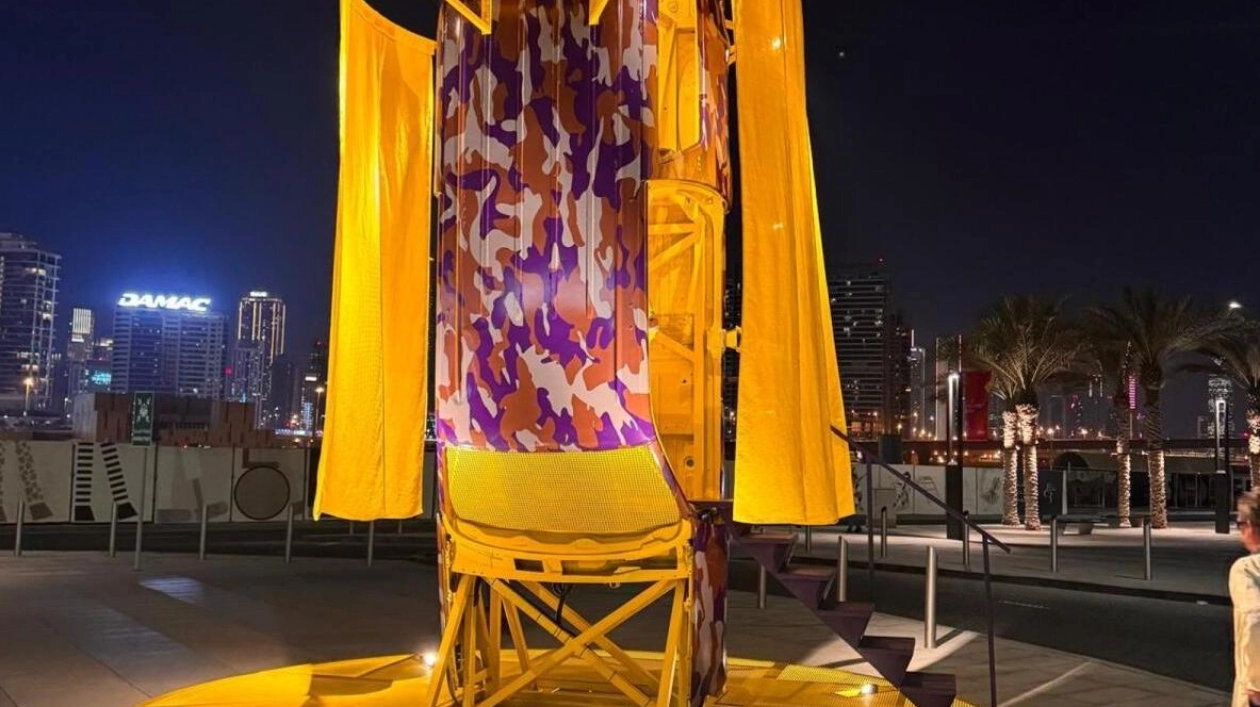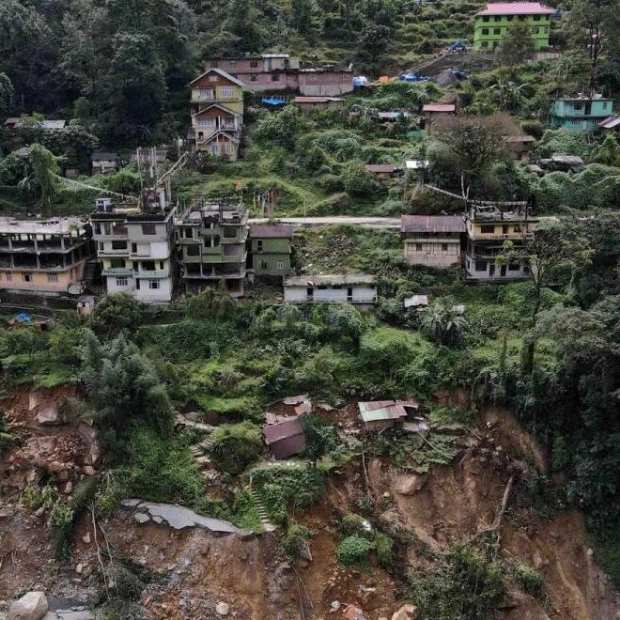The IMR Tower, a beacon of sustainability and innovation, addresses the pressing need for eco-friendly agricultural solutions.
The Insect Monitoring Radar (IMR) Tower, an avant-garde environmental design, made its debut at Dubai Design Week, highlighting state-of-the-art technology aimed at safeguarding the UAE's agricultural sector. Conceived by celebrated designer Christopher M. Kaltenbach, the tower is a prototype engineered to monitor and counteract the impact of invasive insect species on crops, providing a sustainable alternative to conventional pest control methods. Rising over six meters and constructed from a repurposed 2008 American SUV body, the IMR Tower harmoniously integrates art, technology, and sustainability. Its core function is to monitor insect migration across the UAE's airspace, delivering vital data to protect critical agricultural output. The design itself critiques consumerism by repurposing discarded materials to tackle environmental challenges innovatively.
The tower's dual internal platforms, one equipped with radar technology and the other offering a panoramic vista, enable real-time tracking of insect movements, supporting efforts to reduce pesticide use. The IMR Tower epitomizes the synergy of environmental research and innovative design, emphasizing sustainability, adaptive reuse, and environmental conservation. The project's realization was made possible by Naam Creations, a prominent Dubai-based design and concept production company. Naam Creations undertook the production, fabrication, and installation of this intricate structure, transforming Kaltenbach's visionary concept into a tangible reality. Renowned for executing large-scale, high-concept projects, Naam Creations continues to set the standard in the design and fabrication of iconic structures in Dubai. Their involvement in the IMR Tower underscores their status as a leading design firm in the region.
The IMR Tower also stands as a symbol of sustainability and innovation, addressing the urgent need for eco-friendly solutions in agriculture. It underscores the potential of repurposed materials and technology to address real-world environmental issues, offering a glimpse into a more sustainable future.
Source link: https://www.khaleejtimes.com






